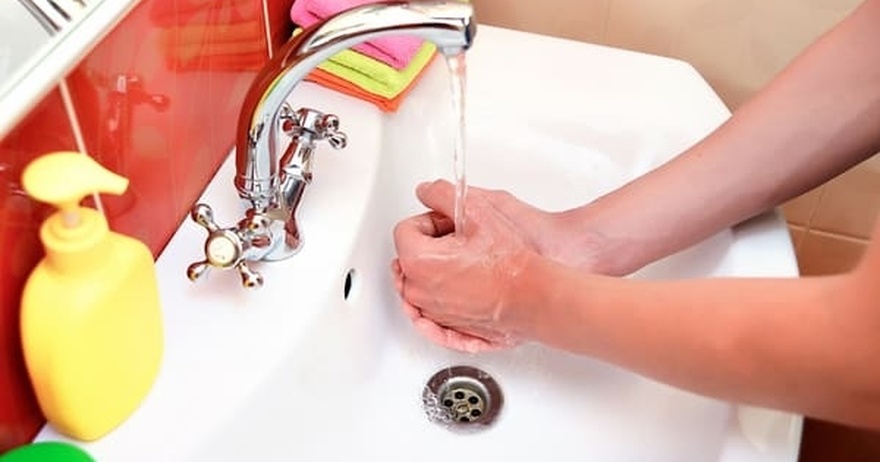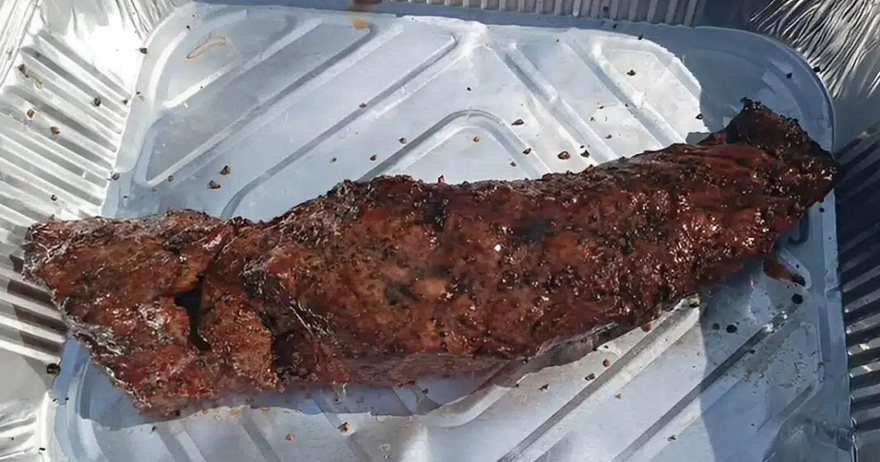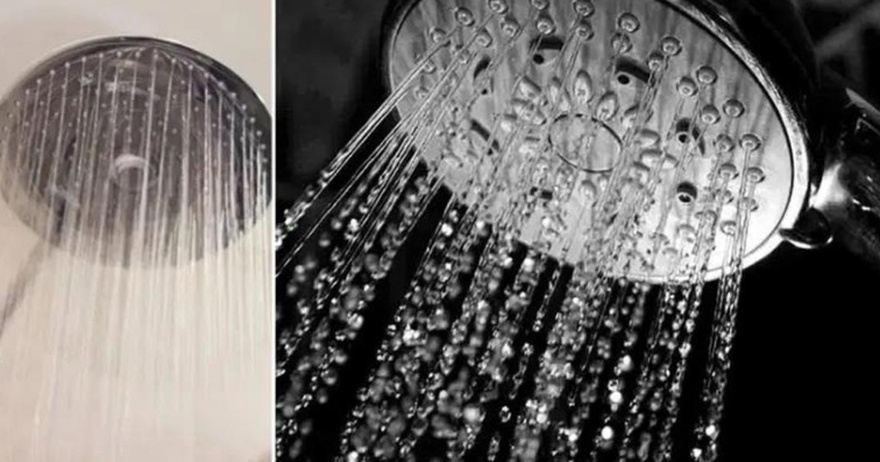If you’ve ever noticed a small hole just below the faucet in your bathroom sink, you might have wondered about its purpose. While it may seem like just part of the design, this unassuming feature is actually essential for your sink’s function and helps prevent potential water damage. In this article, we’ll dive into why this little hole exists, how it works, and some easy maintenance tips to keep your bathroom fresh and clean.
The Overflow Hole: A Vital Safety Feature
That small hole in your bathroom sink is known as an overflow hole. Positioned about a third of the way up the sink basin, it plays a key role in protecting your bathroom from water overflow. It’s more than just a design element—it’s a built-in safeguard to prevent accidental flooding.
How Does the Overflow Hole Work?
The overflow hole connects directly to the drainage pipe underneath the sink. Its main function is to provide an escape route for water if the sink starts filling up too high, such as when the faucet is left on accidentally. If the water reaches a certain level, it will flow into this hole and safely drain out, preventing a potentially messy overflow situation on your bathroom floor. In simple terms, the overflow hole acts as a second line of defense, helping to keep your bathroom dry.
Practical Benefits of the Overflow Hole
Forgetting to turn off the faucet is a common occurrence, especially in a busy household or when distractions arise. The overflow hole becomes essential in these moments. Once the water reaches around two-thirds of the basin’s height, any excess flows through this hole and down the drain, saving you from water spills and potential water damage.
Here are a few scenarios where this feature can save the day:
Forgotten Faucets: It’s easy to leave the faucet running, especially in households with children. The overflow hole steps in to catch excess water before it can spill over.
Clogged Drains: If the main drain is clogged, the overflow hole offers a secondary escape route for water, reducing the chances of a flood.
Multi-Use Sinks: If you fill the sink for tasks like hand-washing clothes or cleaning, the overflow hole provides peace of mind by preventing overfilling.
Potential Drawbacks: Keeping the Overflow Hole Clean
While the overflow hole is incredibly useful, it can also become a source of maintenance headaches if not properly cared for. Positioned in a tricky-to-reach area, it’s easy for this hole to accumulate bacteria, mold, and grime. This buildup can lead to unpleasant odors that linger in the bathroom.
The Hygiene Challenge
Because bathrooms are naturally humid spaces, overflow holes can quickly turn into breeding grounds for bacteria and mold. The moisture trapped in this small area combined with limited airflow creates ideal conditions for unwanted growth, which can lead to persistent odors and even spread germs.
Cleaning and Maintaining the Overflow Hole
Fortunately, there are simple ways to keep the overflow hole clean. Regular maintenance with basic household items can help you eliminate odors and prevent grime buildup.
Using Vinegar and Baking Soda
One effective method is to clean the overflow hole with a mix of vinegar and baking soda. Here’s how:
Prepare the Mixture: Mix equal parts vinegar and baking soda. This combination forms a natural cleaner that’s both powerful and safe.
Apply to the Overflow Hole: Pour the mixture directly into the hole. The fizzing reaction will help break down dirt and dissolve any buildup inside the pipe.
Let It Sit: Allow the solution to work for 5–10 minutes, which gives it time to clear out grime and kill any bacteria or mold.
Flush with Warm Water: Pour warm water down the hole to rinse away any remaining residue. This will leave the pipes clear and fresh-smelling.
For best results, clean the overflow hole every few months. Consistent cleaning can prevent the buildup of bacteria and keep your bathroom smelling fresh.
Extra Tips for a Clean Bathroom Sink
In addition to maintaining the overflow hole, here are a few more tips for a cleaner bathroom sink:
Use a Sink Strainer: A sink strainer can help catch debris and hair, preventing clogs in both the main drain and the overflow pipe.
Flush the Drain Weekly: Pour hot water down the drain once a week to help dissolve soap scum and prevent grime buildup in the pipes.
Try Natural Drain Cleaners: Use natural cleaners like baking soda and vinegar monthly to keep the entire drainage system, including the overflow hole, free from residue and foul odors.
Avoid Harsh Chemicals: Strong chemicals can corrode pipes over time. Opt for natural cleaners to protect both your plumbing and the environment.
Why the Overflow Hole Reflects Smart Design
The overflow hole is a small but vital example of thoughtful design in your bathroom. Though easy to overlook, this feature helps prevent potentially serious water damage when minor mishaps occur. It’s a subtle but crucial part of bathroom maintenance, providing safety and convenience in everyday life.
Final Thoughts: The Value of Small Details in Design
Though it might seem modest, the overflow hole is an unsung hero in your bathroom. It helps prevent floods, protects against water damage, and allows for a cleaner bathroom experience. Regularly cleaning this feature with vinegar and baking soda ensures it remains effective and odor-free, maintaining both hygiene and functionality.
Next time you spot that small hole under your faucet, take a moment to appreciate its purpose—and give it a little maintenance to keep it working well. The overflow hole is one of those details that, once understood, makes you appreciate the thoughtful design in even the simplest fixtures around your home.
Κηδεύτηκε στα Τρίκαλα ο Νίκος Παλαιοκώστας – Με παρουσία αστυνομίας
Στη φόρα τρεις δεκαετίες αργότερα: Η αληθινή ηλικία της Αλίκης Βουγιουκλάκη, τόσα χρόνια έκρυβε τελικά
«Τρεις γενιές Καζάκοι»: Ο Κωνσταντίνος Καζάκος αγκαλιά με τον γιο του και όλοι παρατήρησαν το ίδιο πράγμα
«Ο άντρας μου με απατά και ξέρω και με ποια. Με το που είδα αυτό στα σκουπίδια τα κατάλαβα όλα αμέσως»






























